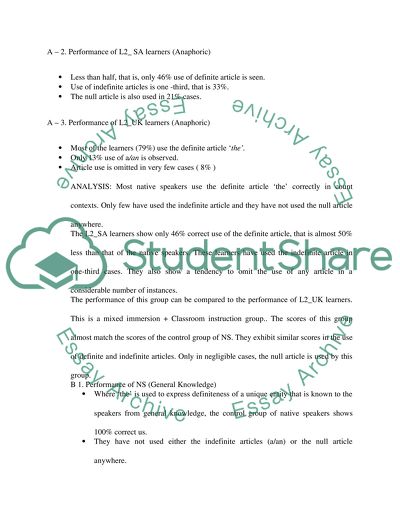Cite this document
(“Effects of mixed exposure to English (immersion instruction) vs Essay”, n.d.)
Effects of mixed exposure to English (immersion instruction) vs Essay. Retrieved from https://studentshare.org/miscellaneous/1570786-effects-of-mixed-exposure-to-english-immersion-instruction-vs-classroom-only-exposure-the-acquisition-of-english-articles-by-l1-speakers-of-saudi-arabic
Effects of mixed exposure to English (immersion instruction) vs Essay. Retrieved from https://studentshare.org/miscellaneous/1570786-effects-of-mixed-exposure-to-english-immersion-instruction-vs-classroom-only-exposure-the-acquisition-of-english-articles-by-l1-speakers-of-saudi-arabic
(Effects of Mixed Exposure to English (immersion Instruction) Vs Essay)
Effects of Mixed Exposure to English (immersion Instruction) Vs Essay. https://studentshare.org/miscellaneous/1570786-effects-of-mixed-exposure-to-english-immersion-instruction-vs-classroom-only-exposure-the-acquisition-of-english-articles-by-l1-speakers-of-saudi-arabic.
Effects of Mixed Exposure to English (immersion Instruction) Vs Essay. https://studentshare.org/miscellaneous/1570786-effects-of-mixed-exposure-to-english-immersion-instruction-vs-classroom-only-exposure-the-acquisition-of-english-articles-by-l1-speakers-of-saudi-arabic.
“Effects of Mixed Exposure to English (immersion Instruction) Vs Essay”, n.d. https://studentshare.org/miscellaneous/1570786-effects-of-mixed-exposure-to-english-immersion-instruction-vs-classroom-only-exposure-the-acquisition-of-english-articles-by-l1-speakers-of-saudi-arabic.


